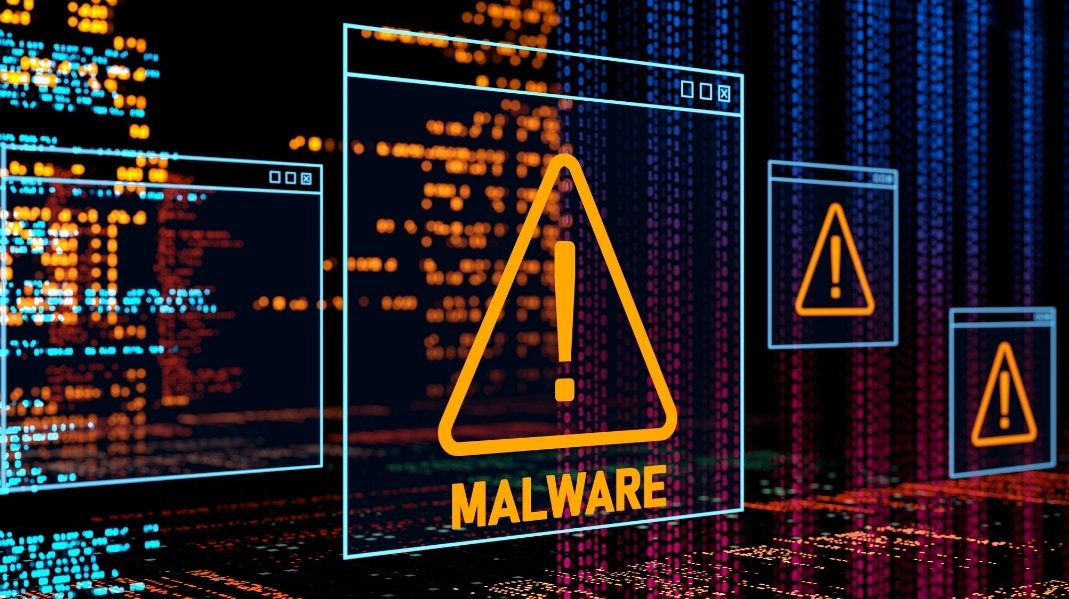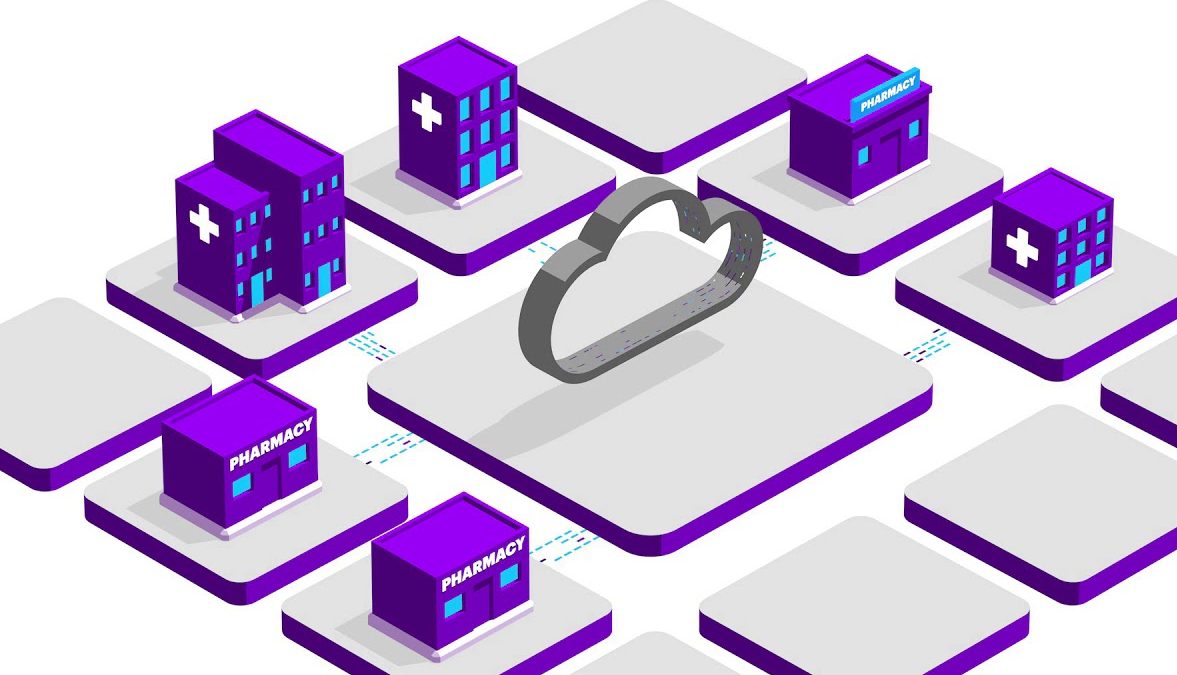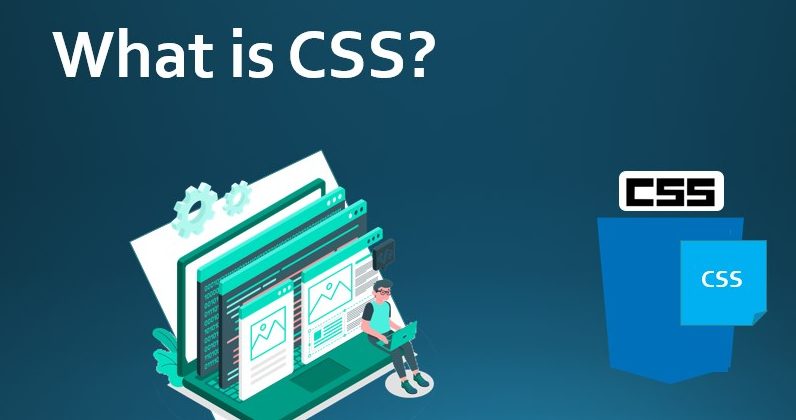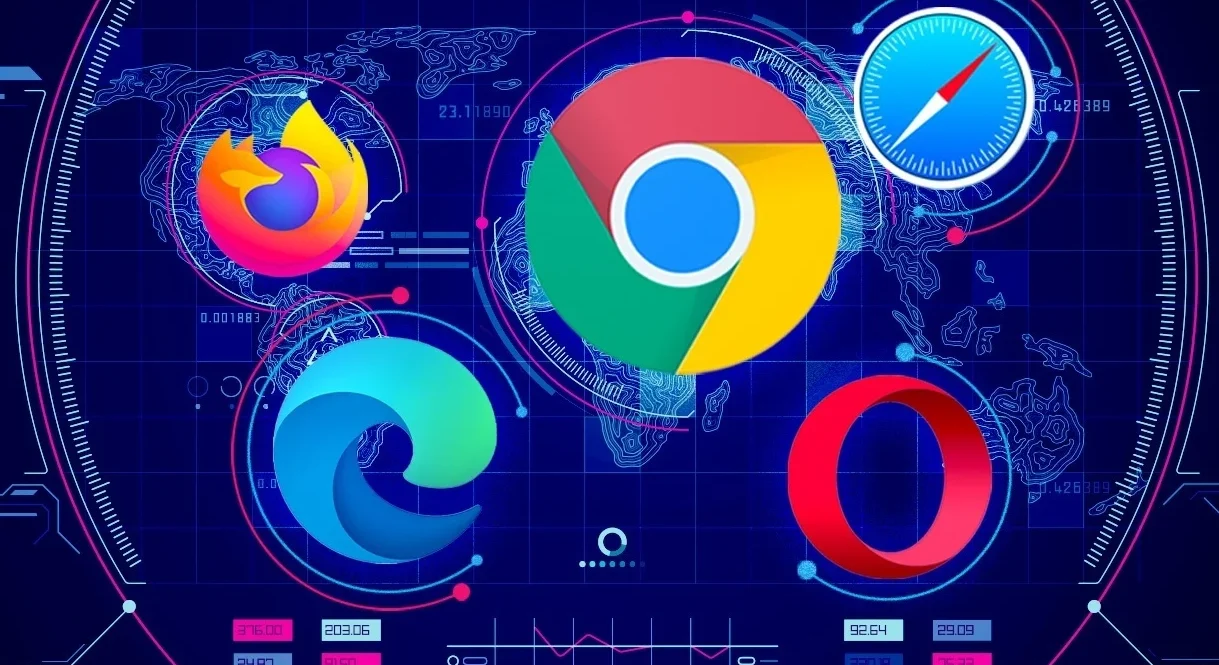Along with the unprecedented development and penetration of digitalization in almost all aspects of human life, in addition to the indisputable advantages brought by new technologies and freer than ever access to information, there are, of course, the risks associated with it.
The associated risks can be of several categories: sociological, psychological or biological.
From a sociological point of view, new technologies and unlimited access to the Internet for the masses can bring, in addition to the advantages of easy and fast information, some social or political manipulations and distortions of the facts (fake news). In addition, in this way, traffic data or even the online behavior of users can be collected and used for various, more or less legitimate purposes.
From a psychological and biological point of view, people’s lives have fundamentally changed with the technological revolution. The human brain continually adapts to changes in the external environment, so continuous access to the Internet and network-connected devices can bring about quite large, albeit imperceptible, transformations at the individual level.
In addition to the benefits (increased creativity, more efficient and faster, assisted thinking, finding any information and improving visual skills, especially due to computer or console games), there are also definite disadvantages.
Among them are increased impulsivity, disruption of the circadian rhythm of life due to constant exposure to blue light from screens, and greatly reduced concentration and memory abilities compared to the pre-Internet era.
And the risks of everyday technology use don’t stop there. In addition, there is another, which already creates enough problems for both individuals and large companies whose activity depends on the access and operation of computers or the security of the data with which they work. This danger is caused by malware, about which you will find information below.
1. Malware – definition, explanations and operating methods
When they hear the term “malware,” most of the less informed immediately associate it with “computer virus.” Although in its nature the comparison may be valid from a factual standpoint, it suffers from a specificity standpoint.
2. The definition of malware and the understanding of the notion of online dangers as a whole
Malware is, in fact, a generic term that summarizes, in general, all types of software with potentially harmful effects on the normal functioning of cyber “life”. The expression comes from the alliteration of the English words “malicious” and “software” and therefore expresses the idea of a potentially dangerous program.
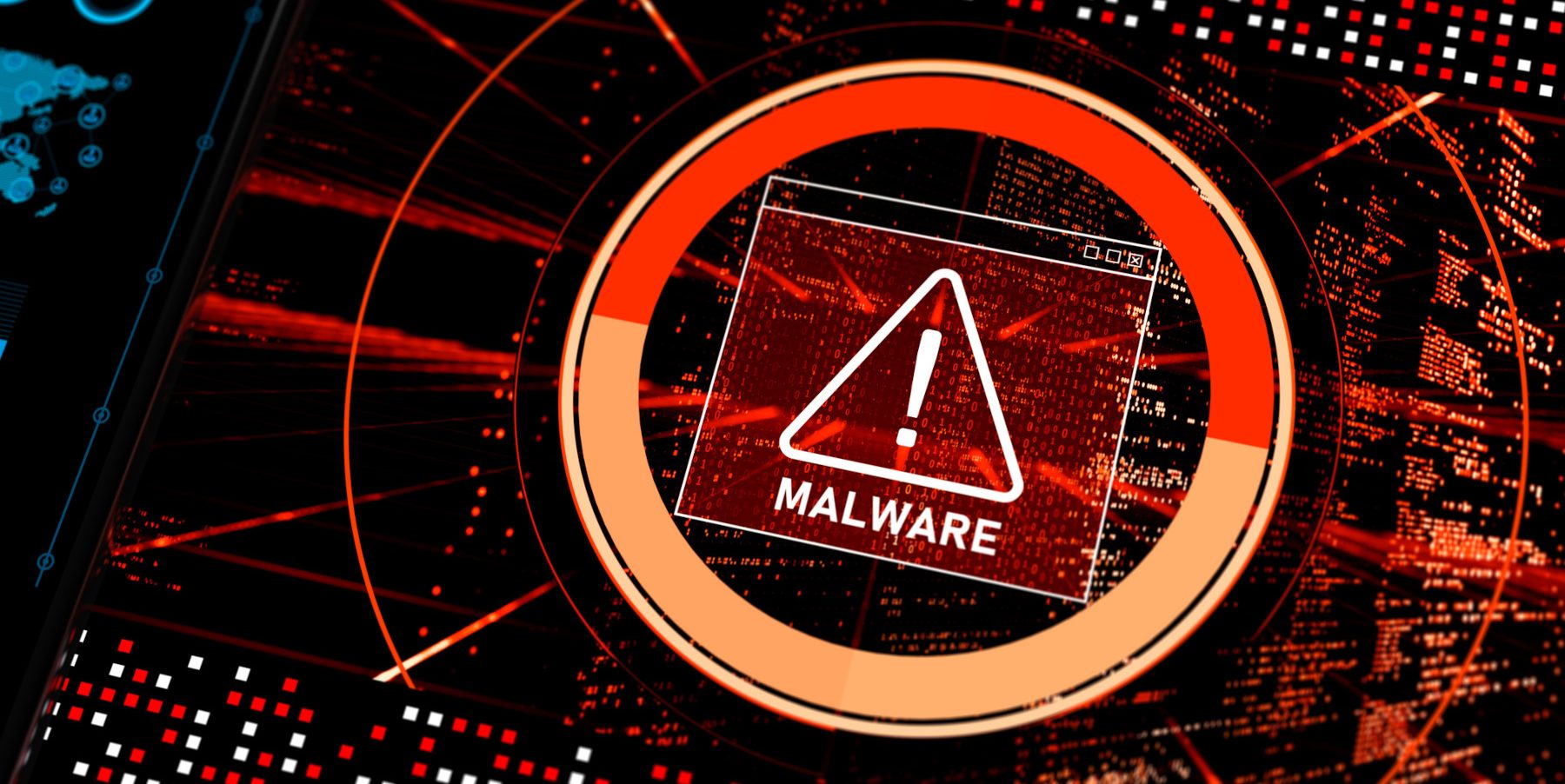
Malware, like any software, is created by programmers, but the goals that were considered in its development are not among the most beneficial. As a general rule, it is considered to destroy or cause damage to computer systems, break or create security breaches, in the case of some servers, to access or steal the databases stored on them, or even to spy on various private networks, such as This is the case of companies that develop sensitive products or services.
These “attacks” can take place in all fields of activity: from servers dedicated to commercial companies, where the main target is user databases that can then be sold or used for various purposes, to the private networks of some laboratories. doctors, who develop certain drugs or vaccines. The list may also include universities or military organizations, for stealing data on certain research prototypes or secret strategic plans.
Of course, malware attacks are not only directed at large national or private organizations, with any natural person being a potential victim of these programs. The most common example is phishing or attempted duplication of websites or web applications in the field of online banking, in order to steal login data or PIN codes from bank cards for obvious purposes.
The typical way a malicious program “attacks” is carried out via a link or file transmitted, usually via email, which the recipient is tempted to open, of course, if they are not sufficiently informed about these practices. The methods and “bait” have been greatly refined over time, so even some very knowledgeable people and adherents of rigorous cybersecurity can fall prey to hackers.
3. The appearance of the first viruses
The first code sequences developed, which had a typical role that can be included in the case definition of malware, do not have a very long history. On the other hand, from its appearance to the present, its evolution and development has been explosive, following the massive penetration of the Internet and applications in all spheres of activity in society.

The first codes of this type appeared without necessarily having a negative intention, but rather as a game played by the programmers or by the desire to give unpleasant “surprises” to each other. The first computer viruses appeared in the 70s and 80s of the 20th century, more like small programs whose function was to display some text or images, or cause some strange behavior on the brightness of the screens.
At the same time, lines of code designed to identify copied programs appeared, as in the case of the Brain virus developed by two Pakistani brothers and whose method of transmission was through floppy disks. Now the first antivirus solution also appears, created especially against this specific type of malware and which does not cause any other damage apart from executing some annoying messages on the infected terminals.
The first computer “antidote” was called Virus Buster and was used and adapted against other malicious programs that appeared later.
The first massive infections over the Internet occurred in the late 1980s when a computer worm created by a student managed to infect more than 6,000 connected terminals, but also the NASA servers that it blocked, putting them out of service for a while.
Although the first antivirus programs appeared after 1990, such as the version developed by the Norton company, the forms of malware diversified at an accelerated rate, especially after the increase in the sale of computer terminals connected to the Internet and the appearance of the system Windows operating. program, a perfect target for these codes.
Furthermore, with the development of email communication, malicious programs are becoming more difficult for antivirus software to detect, preferring transmission by injecting attachments or even Office files. It is the time of the appearance of macro viruses.
The year 2008 marks the tipping point where the number of malicious programs exceeds that of legitimate software for personal or commercial use, and by 2013 no less than a third of existing computers worldwide were infected with one form or another. of malware. Furthermore, the area of “operation” has now been extended to smartphones, ATMs, video surveillance cameras and even smart TVs, in addition to complex systems or data centers, which ensured web hosting of complex websites or applications.
Email addresses, passwords, access codes, banking credentials and classified information are still the favorite targets of malware today, although security systems have made progress in thwarting the plans of the creators of these programs, even through the creation of SSL certificate technology that guarantees security. connections between terminals and data centers hosting an application or website.
4. Identification and recognition of viruses and other dangerous programs
The fight against malware has from the beginning tried to keep up with the abundant proliferation and diversification of the latter. As new types and versions of viruses or other harmful programs appear, software engineers strive to create new ways to defend IT equipment and operating programs against them. But in order to fight effectively, a good knowledge of the “enemy” is necessary.
Thus, the best-known forms of malware can be included in one or another of the following categories:
Computer viruses
The name chosen for this form of malware is not accidental. In a similar way to its counterparts in the biological world, the computer virus modifies the data and files of the host terminal in such a way that when accessing or executing them, the code that composes it can be replicated and transmitted to other files or, through traffic of data, to other computers or hate devices.
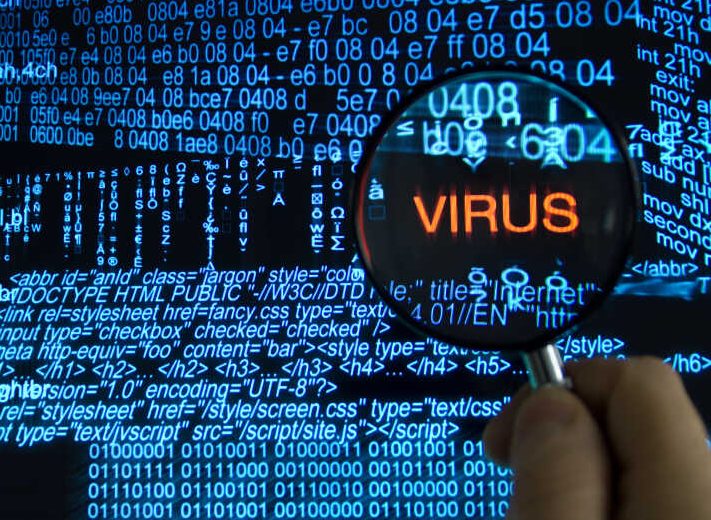
There is no perfect antidote to this type of malware, and the IT world is still arguably lucky in this regard, because these computer viruses are not very common forms of dangerous code.
As the only forms of malware that can “spread infection” in an unlimited number of replicas, the fight against computer viruses is particularly difficult. It is quite difficult or almost impossible to recover an infected file. Even the most advanced antivirus programs can only quarantine or delete problematic data.
Computer worms
The name “worm” probably comes from the fact that this type of malware has the ability to replicate itself indefinitely, without requiring any specific action from the affected user. Once it has managed to penetrate a network, it has the ability to transmit itself in countless copies, not just within the infected terminal, but across entire networks, making it extremely dangerous, especially for data centers that have servers where confidential databases are hosted. .
Worms can also act through other programs, which may seem perfectly harmless, making them highly dangerous.
This is why, as a general rule for serious hosting companies, all dedicated server plans are equipped with advanced security filters and benefit from particularly strong protection.
Trojan programs
Of course, the name comes from the famous legend of the Trojan horse, a military ploy evoked by Homer in the Iliad and the Odyssey, which managed to infiltrate and undermine the enemy from within the city of Troy.

In the computer world, Trojan horses are malicious programs created by hackers with the intention of imitating software that appears to be legitimate, but contains code created with malicious intent. Said code must be executed by the victim, who must not harbor suspicions, to produce effects later, hence its concealment in various types of programs that seem perfectly legitimate.
With its help, once executed, hackers can take control of a victim’s terminal and gain access to all stored data and information. They are very difficult to counter, because new versions always appear in extremely large numbers, so antivirus programs cannot always catalog and inventory all versions.
Spyware
Spyware or keylogger programs are a type of malware whose function is to spy on the activity you carry out on the terminal that has been infected. It will record and transmit everything you do online, including everything you type, including passwords, card PIN codes for online purchases, conversations, or locations visited.
Advertising
Adware is perhaps one of the most “benign” forms of malware. Its objective is commercial of an aggressive nature. Basically, it will compromise the defense of your terminal and will constantly display various advertisements, which makes it particularly annoying. It should not be underestimated, as it can be the route through which other, more dangerous types of code can enter the system.
5. Fight against malware: solutions and recommendations for protection against viruses and potentially dangerous programs.
To get rid of the malware threat, the best method is prevention. Of course, there are also specific fighting tools, so-called antivirus or antimalware programs that act as real “vaccines” with the immunization function.
There are several methods of action that you can consider in the daily use of computers or other devices connected to the Internet and that should be part of everyone’s education in this important field of daily life.
Always use strong and long passwords, made up of combinations of letters, numbers and symbols. Never use the same password for all the online accounts you have, and change them as often as possible. Of course, a “password manager” type program can be useful in this regard.
Avoid accessing suspicious sites. For example, links indicating a domain that is not part of the generally known list of the type .com, .net, .eu, .ro should not be accessed. Also, do not press or click on various ads that appear unexpectedly on the screen while browsing the Internet.
Do not open email attachments that raise question marks from both the sender’s point of view and their structure.
Do not download software from untrusted sites or private P2P networks.
Make sure all software installed on your computer or phone is up to date.
Always delete the programs or applications that you no longer use and do not leave them forgotten on your phone or laptop, because they can become a gateway for malware into the system.
Use virus protection programs. For example, Windows 10 terminals included such software developed by Microsoft, but as an additional protection measure, you can also use a program developed by another company.
An alternative option would be to use a version of Linux as the operating system, since it is software known for its strong security.
In conclusion, it is worth mentioning that malicious programs are in a continuous evolution, closely related to unprecedented technological development.
The Internet of Things (IoT) is beginning to dominate the world today. More and more smart devices will connect to the Internet and make life in general easier, but the other side of the coin is that it will create many opportunities for attack by those with bad intentions. Therefore, adopting good computer security as quickly as possible is one way to avoid these types of problems.
